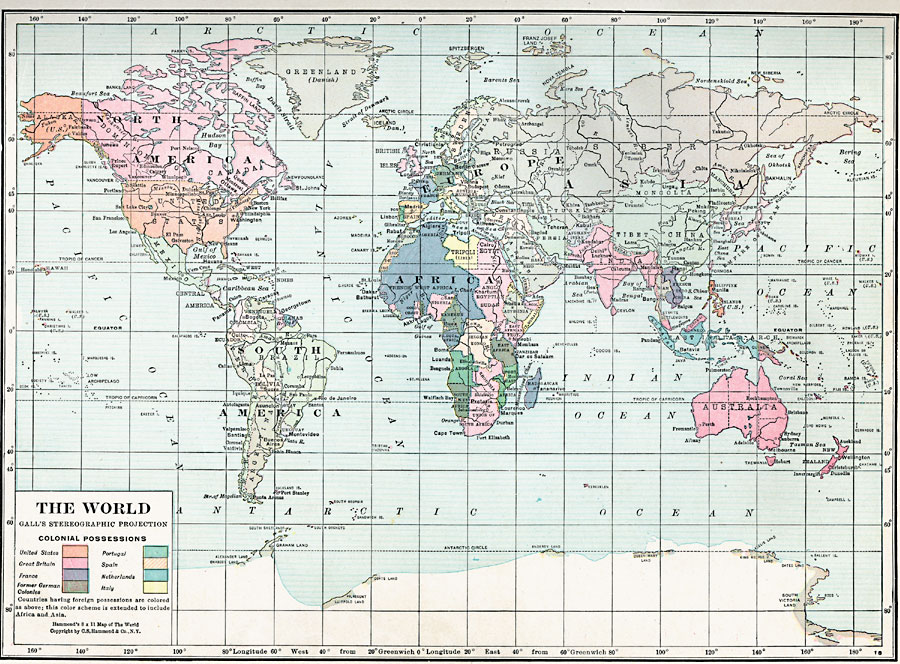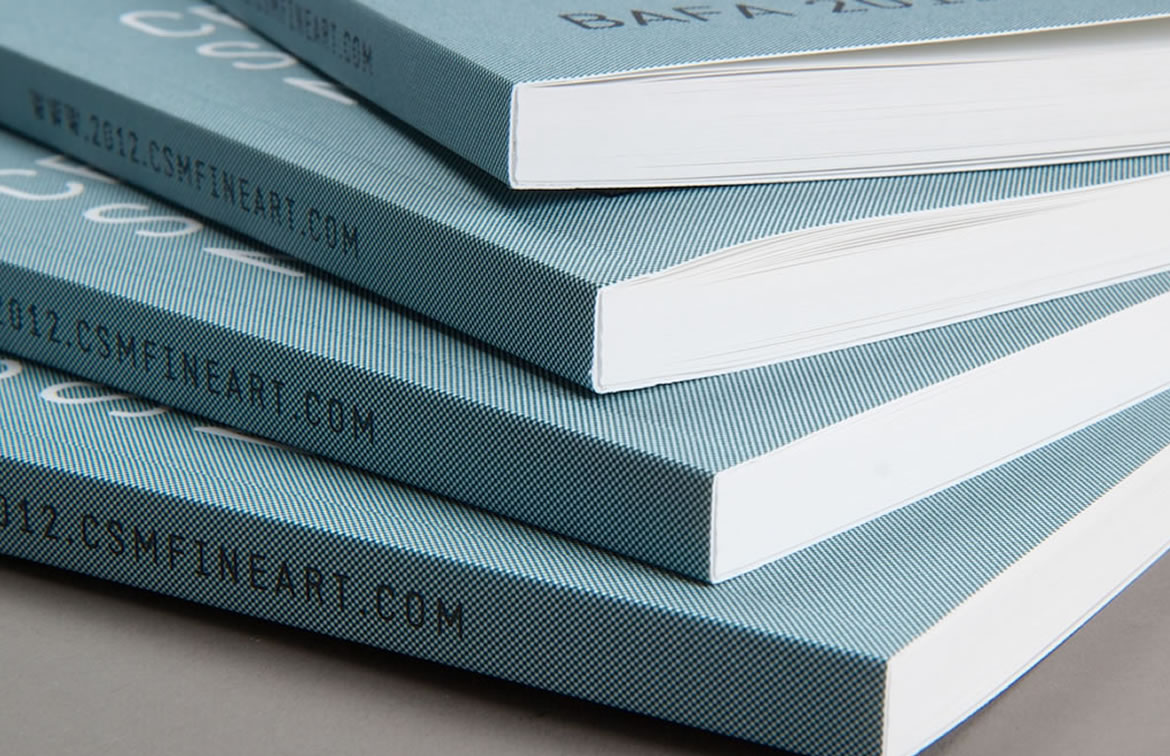At first I wanted to create a photo book with hard cover case and with glossy paper, which might be put in the libraries, however due to the restrictions regarding deadlines for this brief, this would be unfeasible as it would take time to send away for the files to be printed and then sent onto a binding company. I emailed couple of stores online, they told me that production time is 4 to 5 day plus 2 or more day for delivery depends what kind of delivery I would like to get. However if I was to do this, I would be certain that the end result would be attractive and reliable, and yet costly.
Personally I feel the staple method would be the most appropriate option because its keeping production cots lower. However I am a bit unsure if it would work because the book has a lot of pages. Especially if I would like to print it out on glossy paper.
Also the second option is to use saddle stitch to keep my publication together but I am concerned about if the thread would not be tight the book will eventually become looser. Using Staple method would not have that risk.































